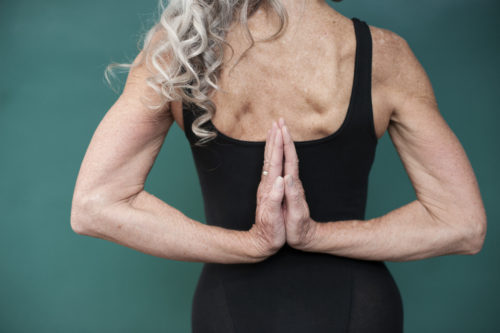Fit For Aging in Place
Many of the things we blame on aging have nothing to do with getting older.
~Unknown
Aging in Place
Many years ago, I was speaking to a Silver Sneakers group on the topic of “possibility aging.” I asked the audience why they participated in the program–an elderly woman raised her hand and gave the single best answer I’ve ever heard:
“I go to the Silver Sneakers classes because my body needs to be available to me to do the things I want to do in life.”
I will never forget that powerful response…
No “Happy Gerontology”
The losses associated with aging are undeniable, but there are two kinds of aging:
- Primary Aging – Biologically/genetically determined or Natural aging
- Secondary Aging– The things we do to ourselves to speed-up the process (i.e. smoking, excessive drinking, drug abuse, poor dietary choices, routine behavior)
It’s the Secondary Agers where we can exercise a level of choice and control…Remember, you can take the time to be healthy–or you will have to take the time to be sick.
Introducing the Feldenkrais Method by John Crawford
John explains:
When you think about it, you will realize that “secondary aging” starts early in life. Humans, unlike other animals, go through a long learning process regarding movement. Rolling, sitting, crawling, standing, walking, through the first year or so. And our learning process continues from there and these patterns become unconscious habits which are invisible to us.
If there are any aberrations in the developmental process, all subsequent learning is affected. This could occur in the very early years, but also later. Sitting for long periods at school or work, postures from reading and computer screens, and hours behind the wheel of a car, to name just a few. You can throw in the effects of injuries, as well as stress and anxiety
This all leads to what is commonly attributed to aging but is really the manifestation of lifelong patterns (secondary aging), which can be changed through self-education.
The typical approach to improvement is to strengthen and stretch but if you don’t change the habitual movement patterns, you may do even more damage. Strengthening and stretching may be useful if done well, but faulty movement patterns prevent this.
The Feldenkrais Method is a way to become aware of and then change these habitual movement patterns. The focus is on the brain and the nervous system, which control the muscles. There are Awareness Through Movement classes, and individual sessions called Functional Integration.
These unique lessons engage the brain and nervous system. The movements are slow and small so that you can detect differences. You begin to recognize that certain muscles are chronically contracted (for no good reason) and recognize the increased flexibility and freedom when you let go of these unnecessary holding patterns. You are changing your “movement maps”, and we can change and improve at any age.
What’s Normal Aging?
John’s ideas once again beg the question: What’s normal aging? and what’s misuse or disuse? again primary vs. secondary aging comes up. The Feldenkrais Method as an aging-in-place strategy is something I feel has merit and a potential upside for you’re remaining home by choice.
We will continue to explore this topic and its application for aging in place. I encourage you to visit John’s website and discover how to keep our body available to you…
________________________________________________________________________________________
TERM: Compression of Morbidity Simply means postponing the onset of age-related diseases until the end of a long and healthy life. Some joking refers to it as dying young as late in life as possible.
What is the Feldenkrais Method? 10 minute video
John’s website.johnrcrawford.com
Patrick’s Motto: EAT < MOVE + EDUCATION (Growth Mindset) + PURPOSE + DEEP SLEEP x COMMUNITY (SAFELY)= LONGEVITY

